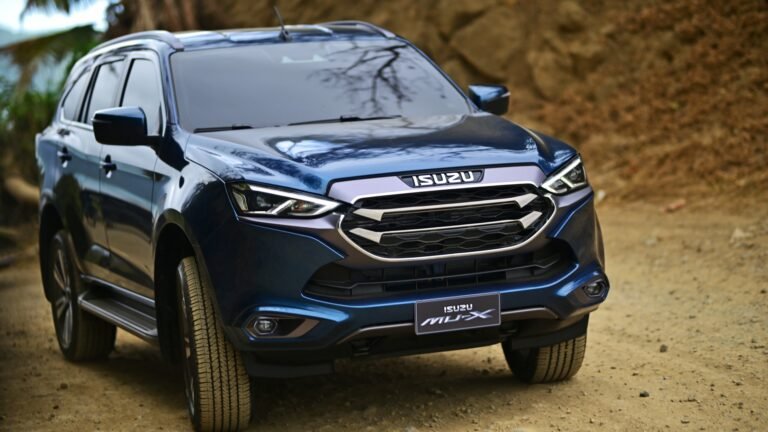The sport utility vehicle, commonly known as the SUV, has become one of the most popular types of vehicles around the world. Combining the space and utility of trucks with the comfort and handling of passenger cars, SUVs offer a unique driving experience that appeals to a wide range of consumers. Originally designed to meet the needs of outdoor enthusiasts, the sport utility vehicle has evolved into a versatile choice for families, commuters, and adventurers alike.
A sport utility vehicle is typically characterized by its higher ground clearance, which allows it to navigate rough or uneven terrain more easily than a standard car. This feature makes SUVs popular for off-road driving and for use in areas with challenging road conditions. Many sport utility vehicles also come equipped with four-wheel drive or all-wheel drive systems, which provide better traction and control on slippery or rugged surfaces. These drivetrain options enhance the SUV’s ability to handle snow, mud, and gravel, making it a practical choice in a variety of environments.
SUVs vary greatly in size and style. Compact SUVs are smaller and more fuel-efficient, making them suitable for urban driving. Mid-size SUVs offer a balance between passenger space and performance, while full-size SUVs provide maximum room and towing capacity. Luxury SUVs combine the spaciousness and power of traditional models with premium features and materials for those seeking extra comfort and style. Another popular category is crossover SUVs, which are built on car platforms and designed to offer the handling and fuel economy of a sedan along with the versatility of an SUV.
The history of the sport utility vehicle dates back to the 1980s and 1990s when demand for these vehicles started rising sharply in the United States. Consumers were attracted to the elevated driving position, which provides better visibility on the road, as well as the larger cabin space that could accommodate families and their belongings more comfortably than traditional sedans. The growing interest in outdoor activities also contributed to the SUV’s rise in popularity, as many buyers sought vehicles capable of handling weekend adventures on rough trails.
One of the main advantages of sport utility vehicles is their spacious interior. Most SUVs offer flexible seating arrangements, often accommodating five to seven passengers comfortably, along with ample cargo space. This makes them ideal for family trips, transporting sports equipment, or even towing boats and trailers. Many drivers also appreciate the sense of safety that comes with driving a larger vehicle. The higher seating position and sturdy build of SUVs can provide better protection in accidents compared to smaller cars.
However, there are some drawbacks to consider. Sport utility vehicles tend to consume more fuel than smaller cars due to their larger size and weight. Their bulkier design can also make them less maneuverable in tight city spaces and more challenging to park. Maintenance and purchase costs can be higher, especially for full-size and luxury SUVs. Additionally, SUVs generally produce more emissions, which has raised environmental concerns.
The rise of electric vehicles is now reshaping the sport utility vehicle market. Electric SUVs combine the space and utility of traditional models with environmentally friendly electric powertrains. These vehicles produce zero tailpipe emissions and offer instant torque, providing strong acceleration and a smooth driving experience. Popular electric SUVs include models from Tesla and Ford, and more manufacturers are entering the market. This shift aligns with growing consumer demand for cleaner transportation options and government policies promoting electric vehicle adoption.
Today, the sport utility vehicle remains a dominant force in the global automotive market. Its ability to adapt to various lifestyles and driving conditions has made it a favorite among different types of drivers. Whether used for daily commuting, family travel, or outdoor adventures, SUVs continue to meet the diverse needs of modern motorists. As technology advances and the market evolves, the sport utility vehicle is expected to maintain its appeal by offering more efficient, safer, and smarter options to consumers worldwide.







